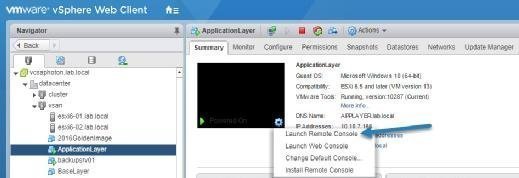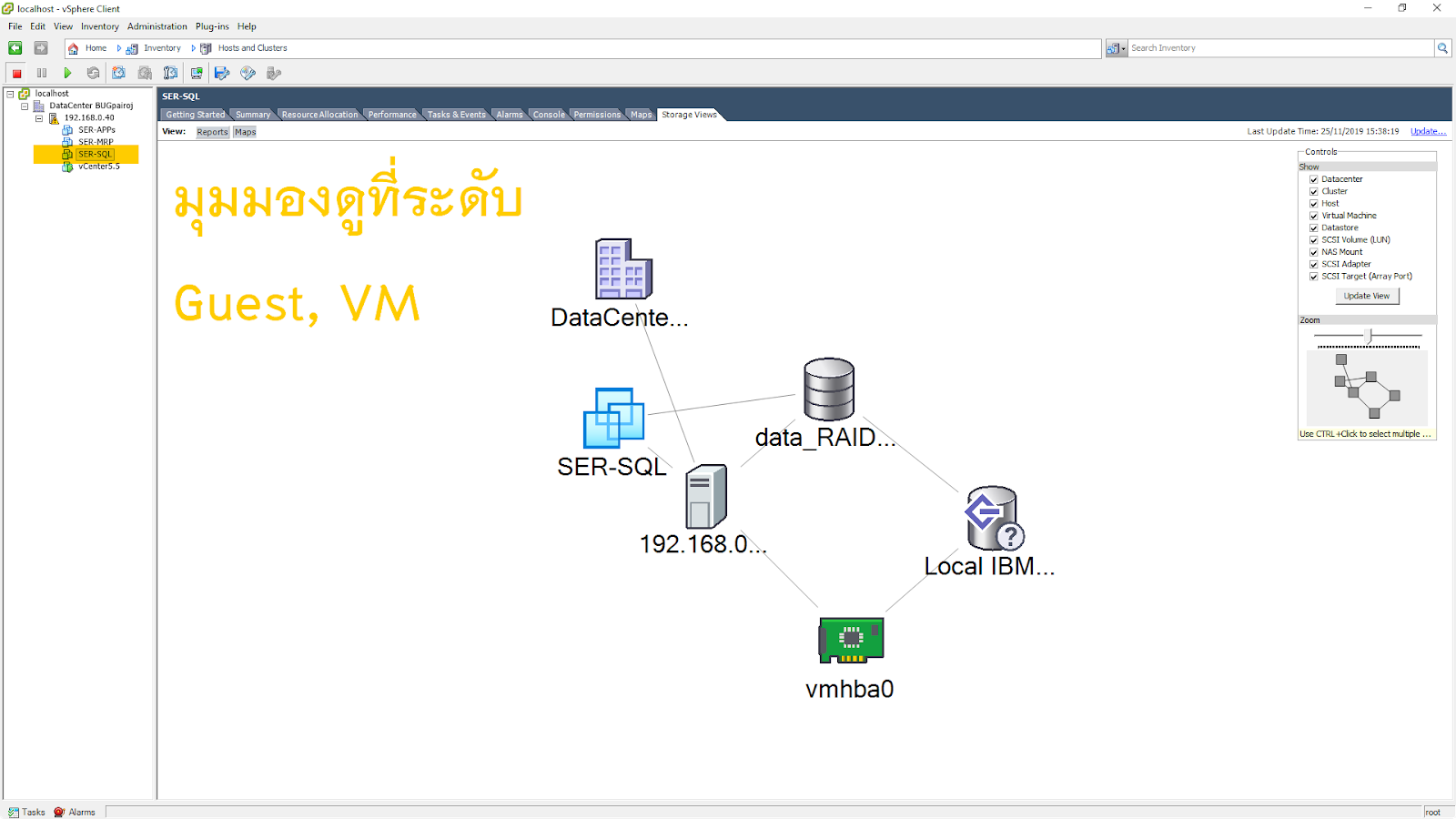

- VMWARE WORKSTATION 14 PLAYER VSPHERE CONSOLE INSTALL
- VMWARE WORKSTATION 14 PLAYER VSPHERE CONSOLE PRO
- VMWARE WORKSTATION 14 PLAYER VSPHERE CONSOLE ISO


VMware Remote Console supports proxy in a network configuration for connecting to an ESXi host and VMs.This functionality is available via the USB passthrough feature. You can connect a removable USB device such as a USB flash drive or a USB HDD attached to your local machine to a remote VM running on an ESXi host by using VMware Remote Console. You can change existing settings and change a virtual machine’s name.
VMWARE WORKSTATION 14 PLAYER VSPHERE CONSOLE ISO
You can add virtual processors, memory, virtual disks, virtual floppy drives, CD/DVD drives, insert ISO images into CD/DVD drives, manage virtual network adapters, etc. VMRC provides remote access to a guest OS and VM devices and allows you to edit VM settings. VMware Remote Console is not pre-installed and must be installed manually.
VMWARE WORKSTATION 14 PLAYER VSPHERE CONSOLE PRO
You can use VMware Workstation (or VMware Fusion Pro on macOS) as a replacement for VMware Remote Console, but the advantage of VMware Remote Console is that you don’t need to buy a license. VMware Remote Console (VMRC) is the alternative to VMware Web Console for guest management and provides better performance and stability.
VMWARE WORKSTATION 14 PLAYER VSPHERE CONSOLE INSTALL
VMware Remote Console is a standalone application that you can install on computers running Linux, Windows, and macOS to manage VMware vSphere VMs and guest operating systems running on these VMs. The NAKIVO Backup & Replication virtual appliance is a preconfigured VMware vSphere VM with selected installed components (you can select a virtual appliance with the needed components on the website when downloading the solution). On the screenshot below, you can see the interface of the NAKIVO Backup & Replication virtual appliance (the Transporter appliance based on Linux) in the VMware Web Console opened from VMware vSphere Client in a new tab in the web browser. In VMware vSphere Client, VMware Web Console always opens in a new tab in the web browser. In VMware Host Client, you can open Web Console as a window in the same tab or open Web Console in a new tab.

The HTML5 versions of VMware vSphere Client and VMware Host Client allow you to open VMware Web Console in a web interface to manage a guest OS of a running VM without installing additional applications (see the screenshot below). I will cover VMware Web Console in brief before going to the detailed explanation of VMware Remote Console. VMware console displays the user interface of a guest OS similarly to how you see the interface of the host OS on a physical monitor connected to your computer. Another option is installing VMware Remote Console on your computer.ĭon’t confuse VMware console, which is a tool to manage guests in the GUI, with the command line (console) interfaces such as ESXCLI and Power CLI. The default option is using VMware Web Console. Now, in vSphere 6.x and vSphere 7.0, users should use the HTML 5 vSphere Client and VMware Host Client, which provide a web interface for managing vSphere resources including guest operating systems on VMs. The C# vSphere Client for Windows had an option to manage a guest operating system (OS) in the client window. Users of earlier vSphere versions such as vSphere 4.x and vSphere 5.x are familiar with the standalone VMware vSphere Client application (written on C#) that is used to manage ESXi hosts and VMs. DISCOVER SOLUTION What Is VMware Console?


 0 kommentar(er)
0 kommentar(er)
